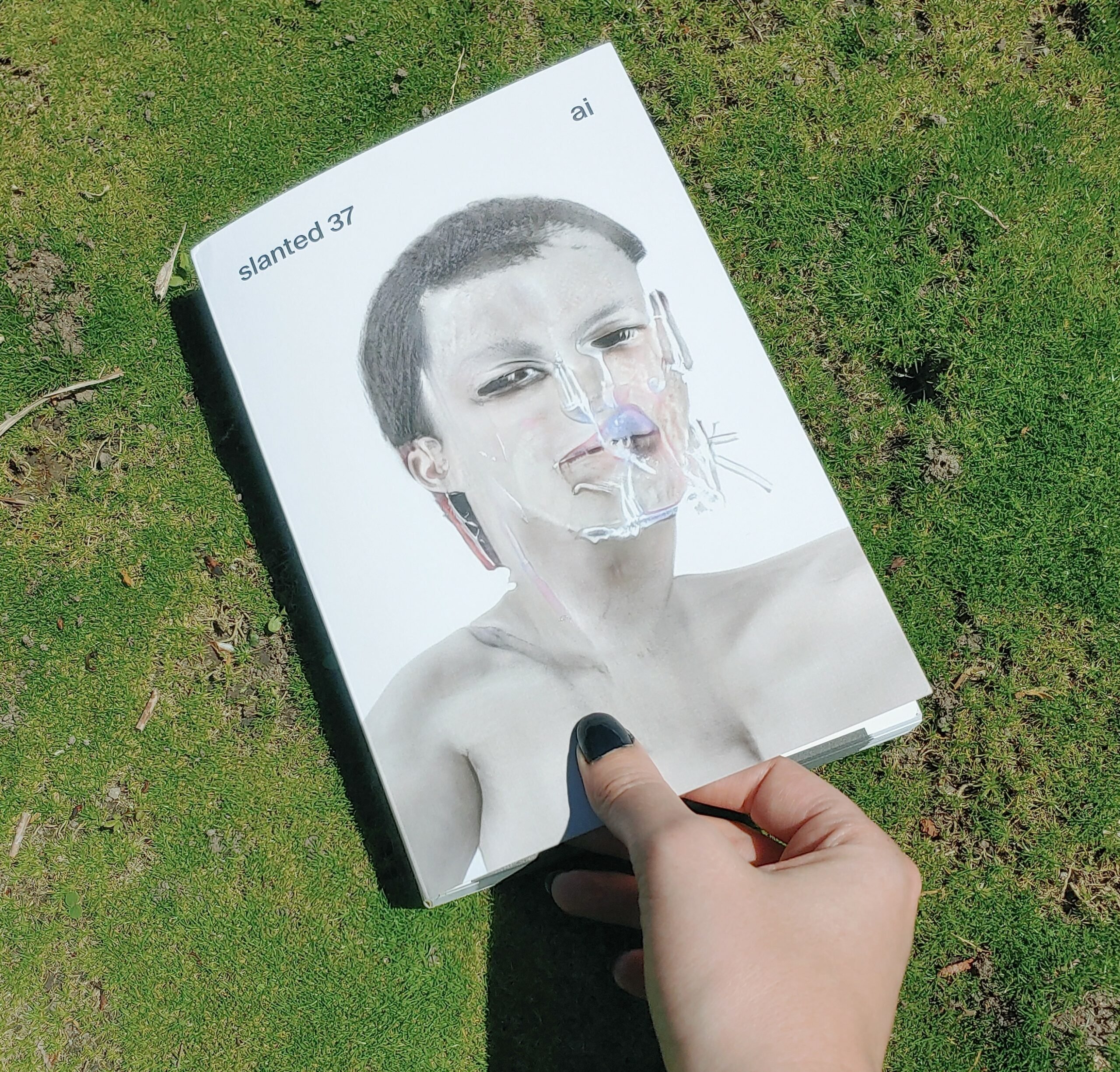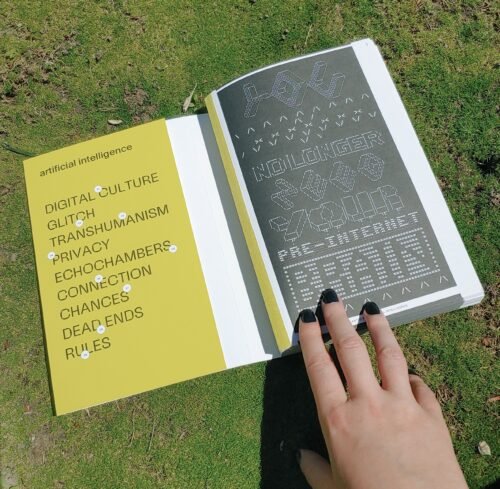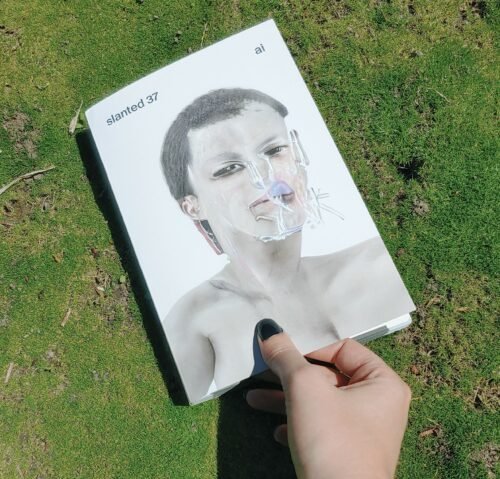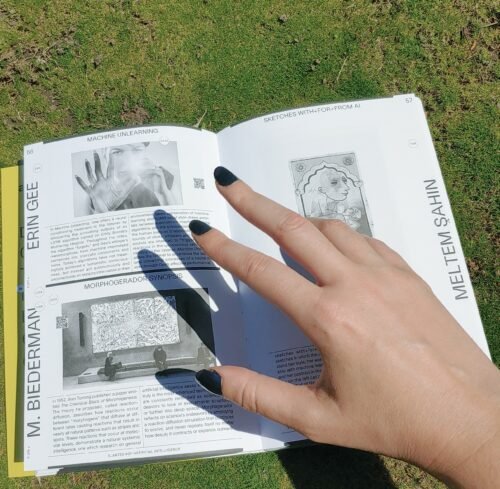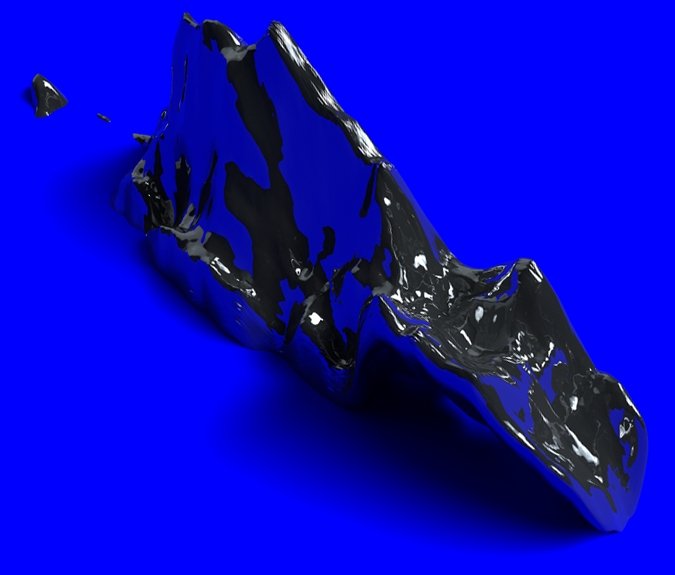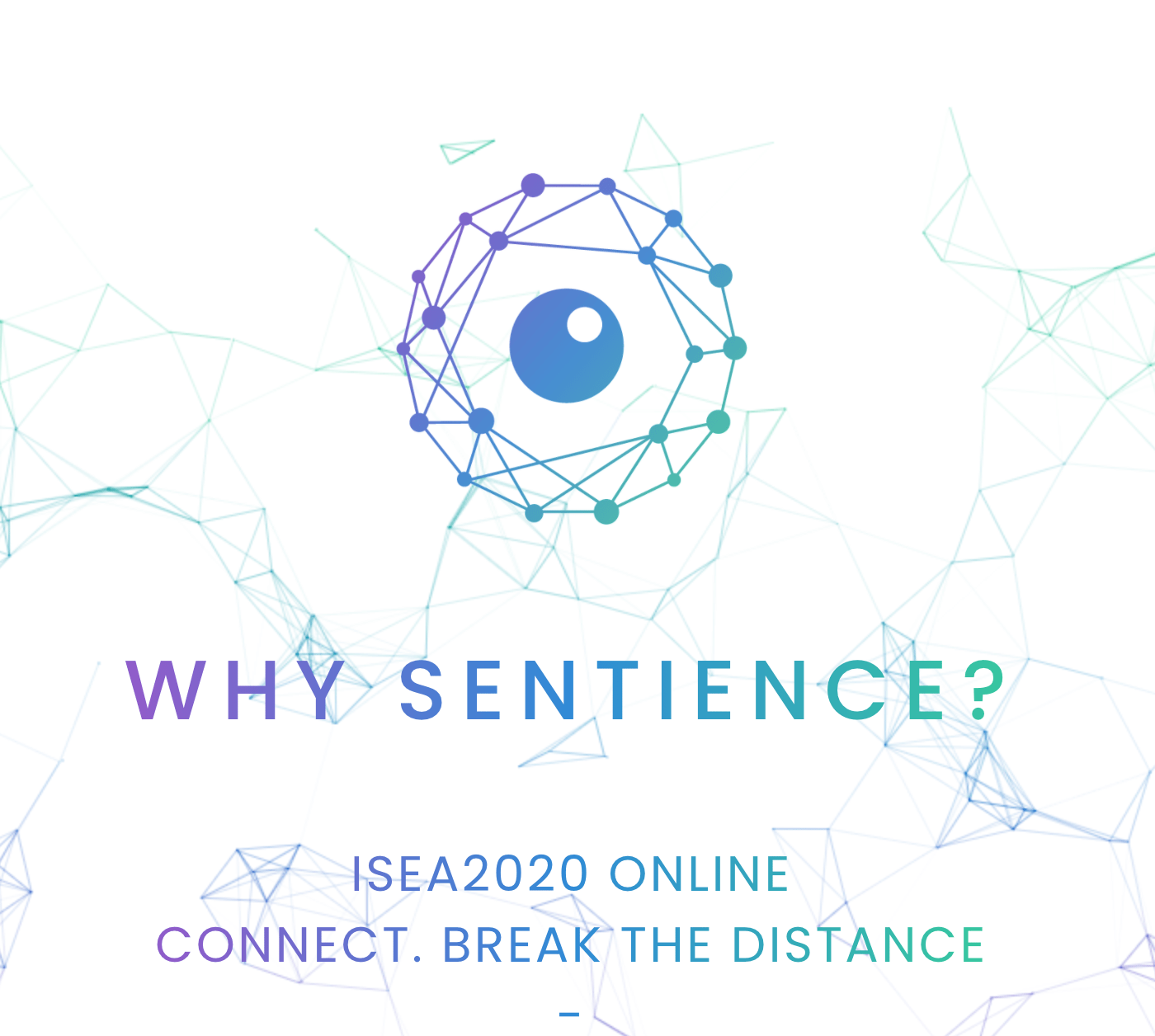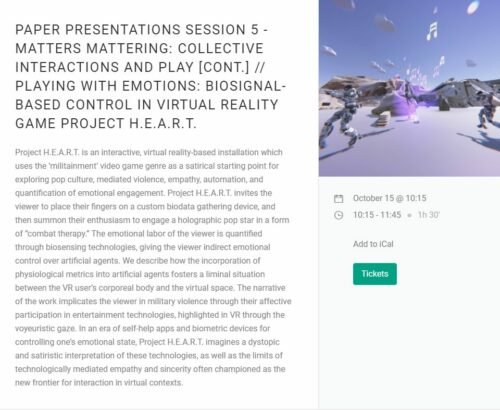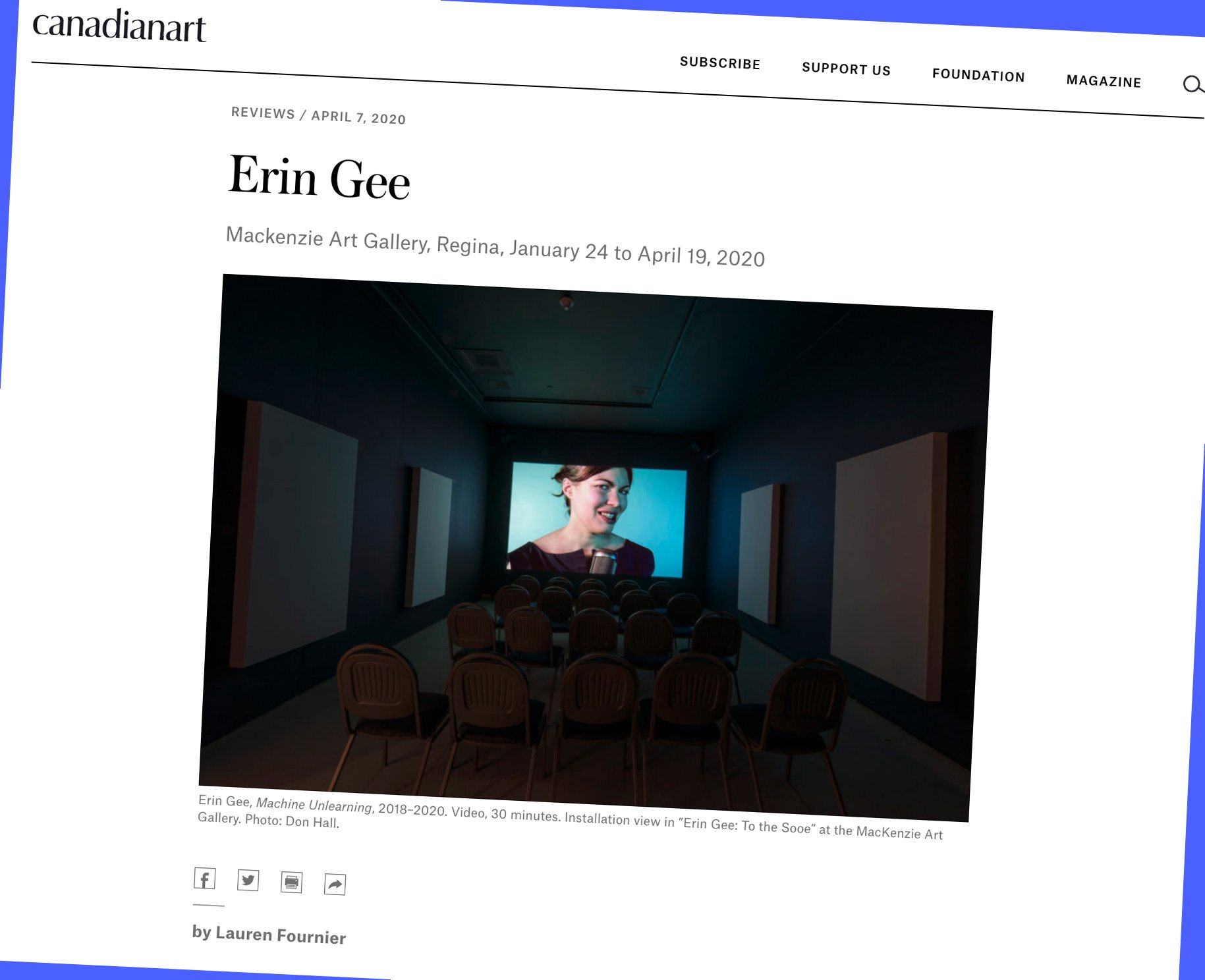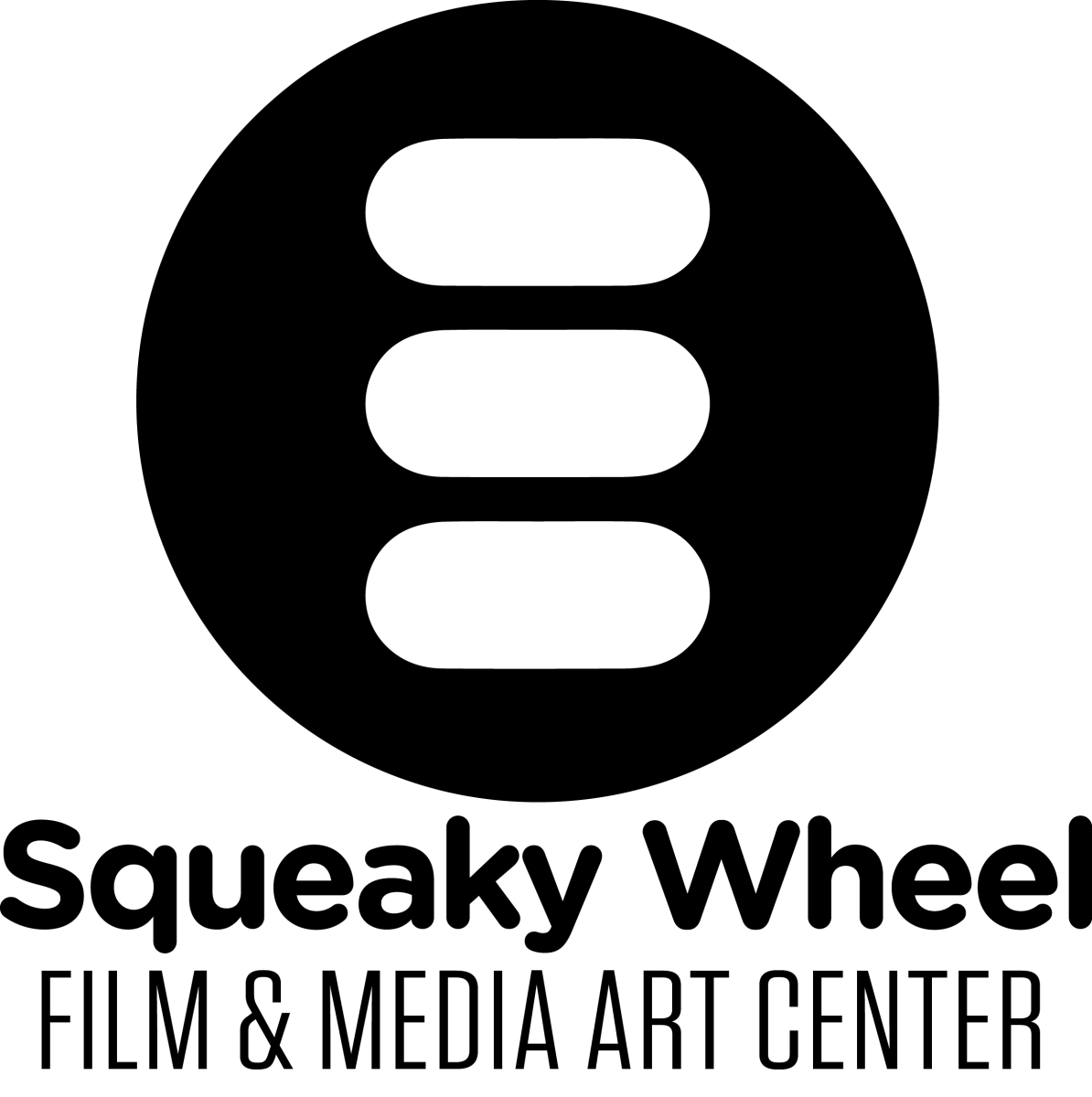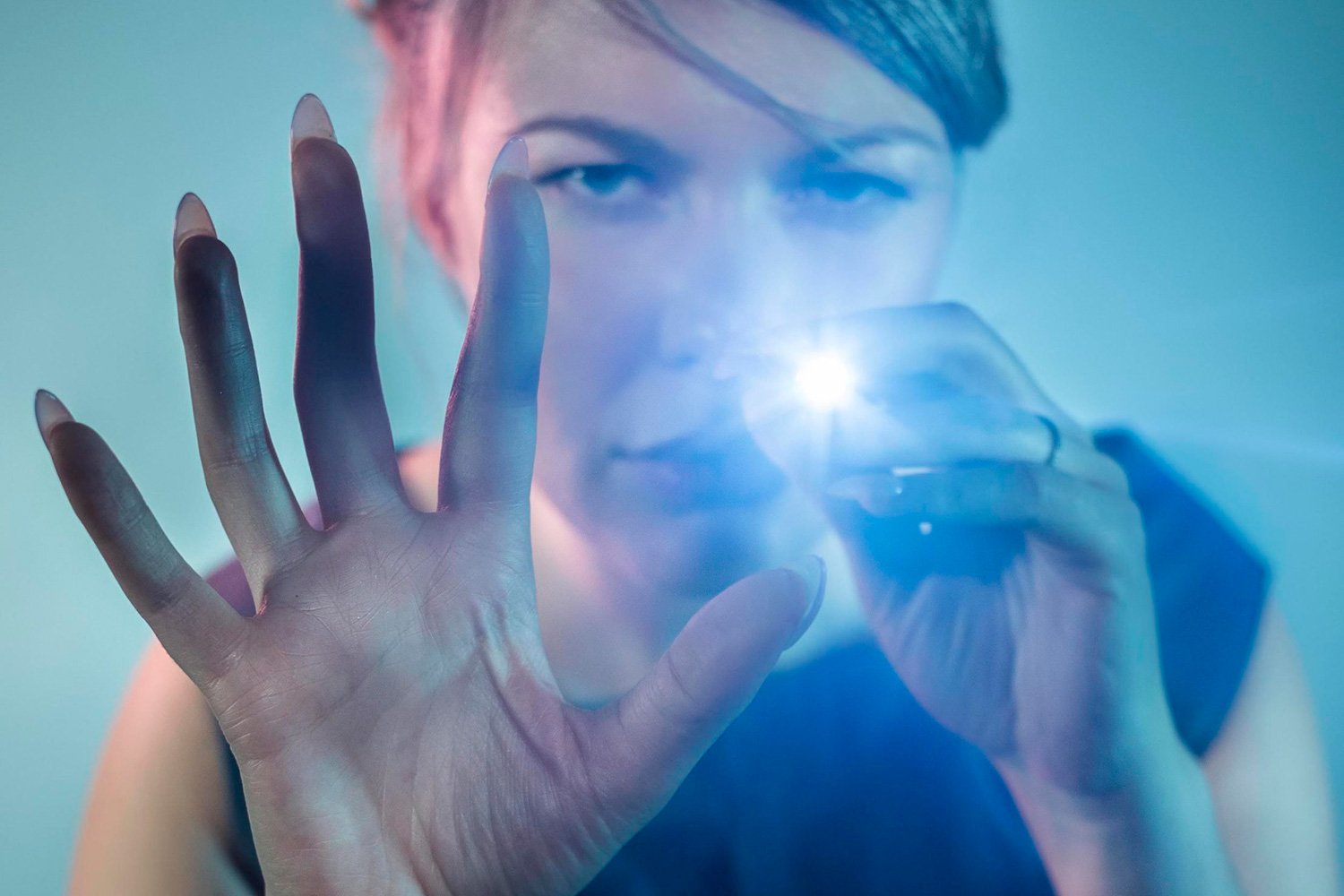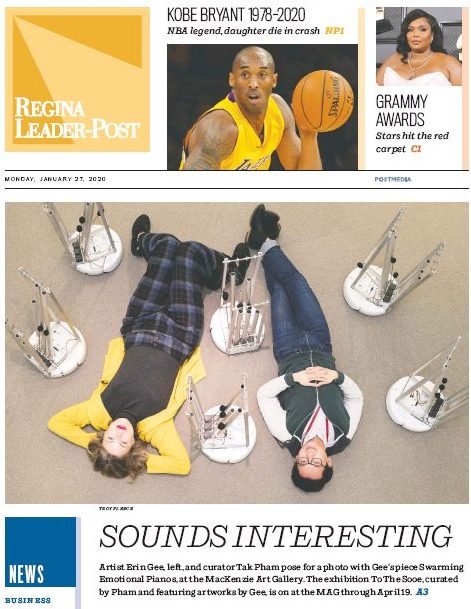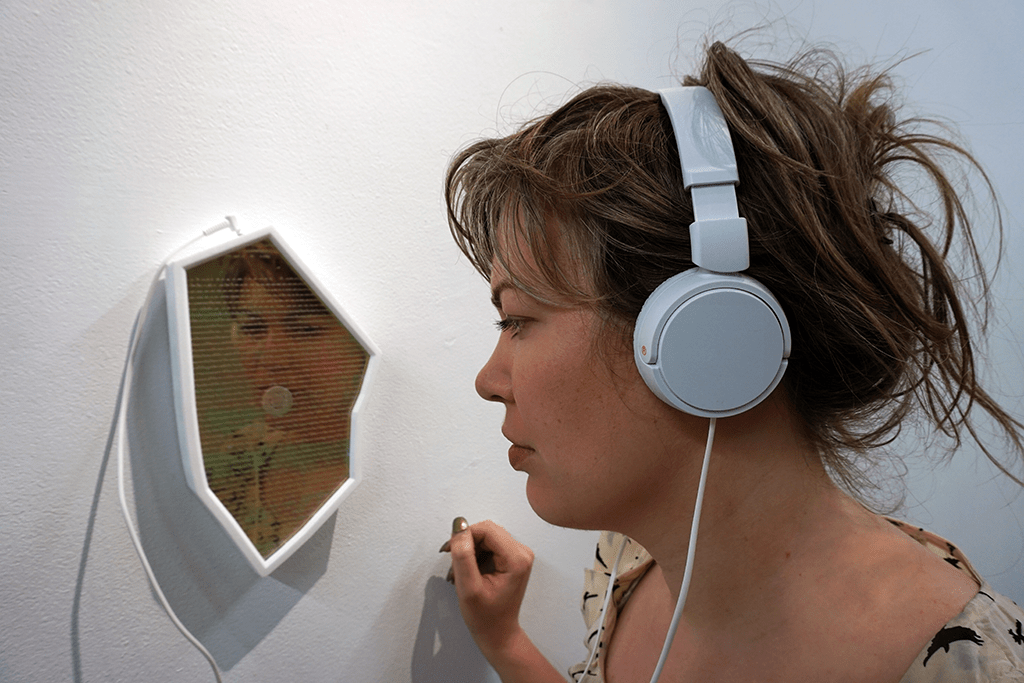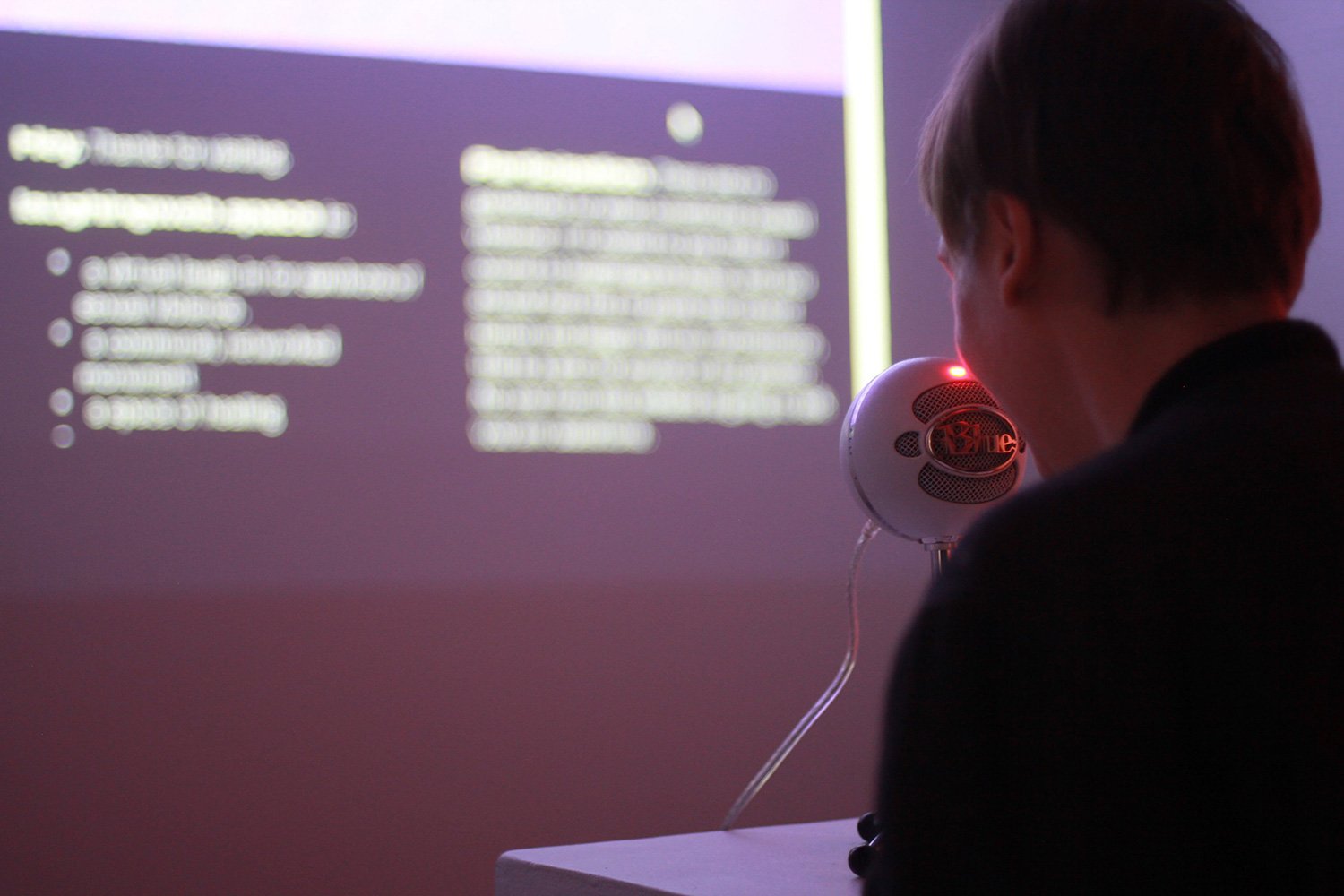Slanted Magazine
My works Machine Unlearning (2020) and Project H.E.A.R.T. (2017) w/ Alex M. Lee are featured in the beautiful German design magazine Slanted #37 – AI!
Slanted Publishers is an internationally active publishing and media house founded in 2014 by Lars Harmsen and Julia Kahl. They publish the award-winning print magazine Slanted, covering international developments in design and culture twice a year.
Out Now:
Slanted Magazine #37–AI
Artificial Intelligence (A.I.) has become—besides being an over-hyped buzzword across industries (that the design world is no exception to)—a reality. The latest issue of Slanted Magazine looks at the impact of artificial intelligence on design and its subsets and highlights how these technologies can change our lives through numerous projects, essays, and interviews. And one more thing: for each cover of the entire edition, a unique motif of CROSSLUCID was printed—an aesthetic between portrait, still life and expressionistic topography, alien to our understanding of the human, the natural, the artificial and the digital …
Slanted Publishers (pub.), 160 × 240 mm, 288 pages, English, Digital Cover Printing (Limego), Offset Printing (Stober Medien), Paper (Fedrigoni), Swiss brochure, ISSN: 1867-6510.


